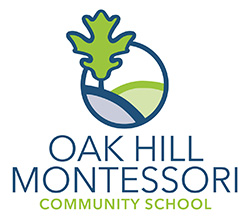Children’s House (Pre-School and Kindergarten)
3 – 6 years
Half Day program: 8:30 a.m. – 11:30 a.m.
Full Day program: 8:30 a.m. – 3:30 p.m.
 Level Overview
Level Overview
One of the unique aspects of the Children’s House level is the multi-year cycle. Children as young as three and as old as six are in the same room. At first glance, a Children’s House classroom can appear to an outsider as an unstructured environment with beehive-esque energy and activity. But when looked at more closely, that beehive is being driven by students doing their own work, after making their own choices. Some children may be working alone, others in pairs or groups. The classroom is designed to allow students to learn in the manner which best suits them.
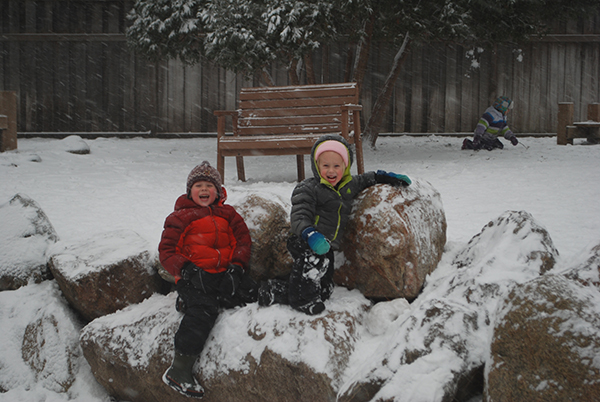 Purpose and Goal
Purpose and Goal
Dr. Montessori felt that the goal of early childhood education should not be to fill the child with facts from a pre-selected course of studies, but rather to cultivate the child’s own natural desire to learn developing his/her own intellect and personality. At this age, each work choice has a natural progression to the next. Children may be wiping a table, but they are shown to wipe a table from the top left, to the bottom right. This builds the basic foundation for how that child will read and construct sentences.
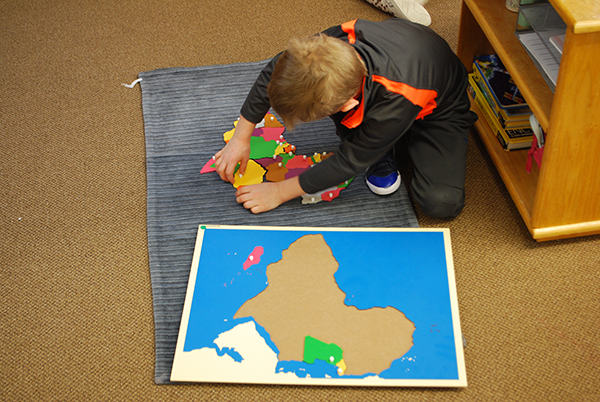 Classroom Structure
Classroom Structure
The Children’s House structure provides benefits to both the younger and older students alike. If a Kindergartener can help guide a younger classmate through his/her work, the younger student benefits from the social and educational interaction, while the older student reinforces his/her academic skillset and develops leadership skills. In this level, learning self-direction and self-worth is as important as academics.
Every bit of learning in the Children’s House room is essentially a puzzle. This objective is approached in two ways: first, by allowing each child to experience the excitement of learning by his/her own choice rather than by being led; and second, by helping the child perfect his/her natural tools for learning.
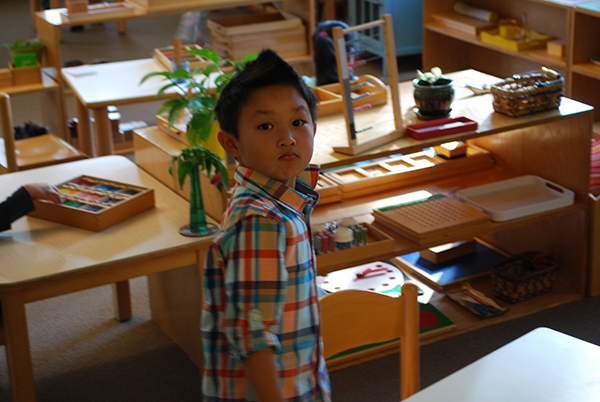 For example, let’s look at math. A child will first be shown numbers and beads which represent numbers. Over time, the student learns that those numbers can be manipulated, naturally leading to the beginnings of mathematical operations. When it comes to reading and writing, materials such as the moveable alphabet allows them to not only learn through repetition, but also by having a tactile and visual mechanism to see how words are created. Materials are also available for children to pursue their interests in topics such as geography, science/nature, and history.
For example, let’s look at math. A child will first be shown numbers and beads which represent numbers. Over time, the student learns that those numbers can be manipulated, naturally leading to the beginnings of mathematical operations. When it comes to reading and writing, materials such as the moveable alphabet allows them to not only learn through repetition, but also by having a tactile and visual mechanism to see how words are created. Materials are also available for children to pursue their interests in topics such as geography, science/nature, and history.
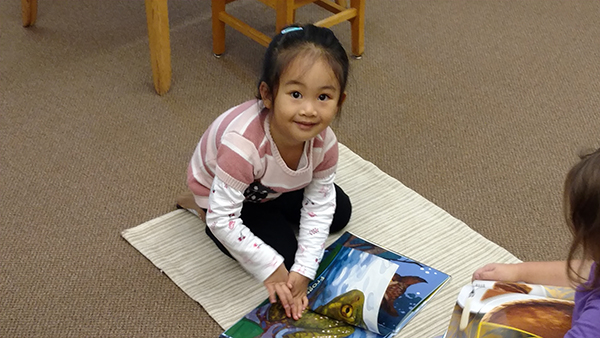 Children are also exposed to lessons in Spanish, and as students’ progress through the multi-year cycle the Spanish lessons become more robust. In addition, older students in the class receive music class and when they reach Kindergarten, they experience studio art sessions as well. Lastly, all students in this level benefit from group activities. From discussions and recess to stories and songs, being together is an integral part of the day in Children’s House.
Children are also exposed to lessons in Spanish, and as students’ progress through the multi-year cycle the Spanish lessons become more robust. In addition, older students in the class receive music class and when they reach Kindergarten, they experience studio art sessions as well. Lastly, all students in this level benefit from group activities. From discussions and recess to stories and songs, being together is an integral part of the day in Children’s House.
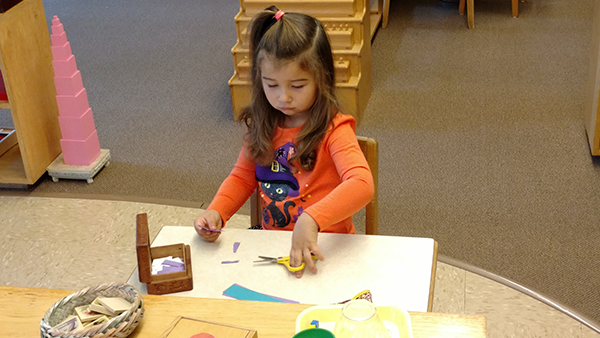 Targeted Outcomes for students after completing the Children’s House program
Targeted Outcomes for students after completing the Children’s House program
- Independent care of self
- Foundational knowledge of all four mathematical operations
- Phonetic understanding of reading and writing
- Understanding the basics of sentence structure
- Strong sense of who they are as people
- Consideration for fellow students and adults
